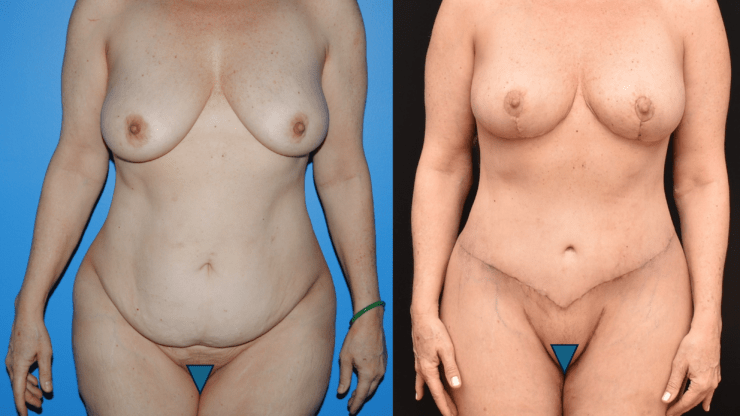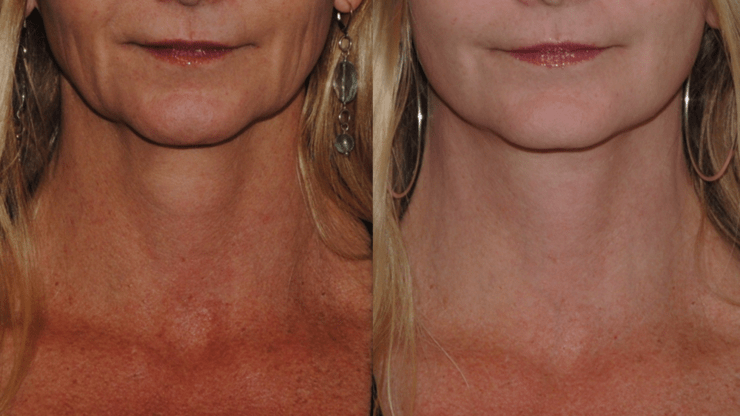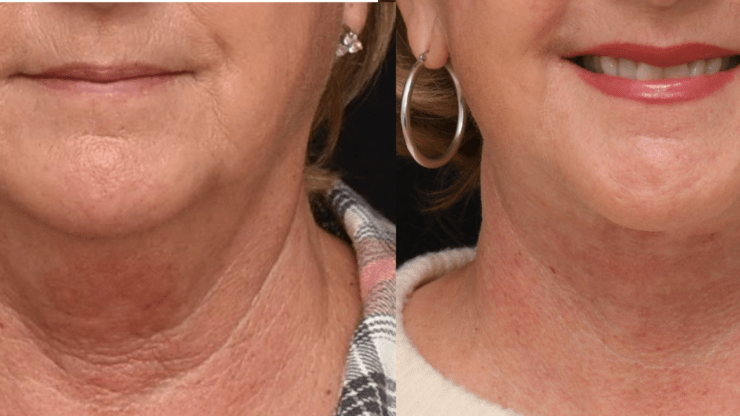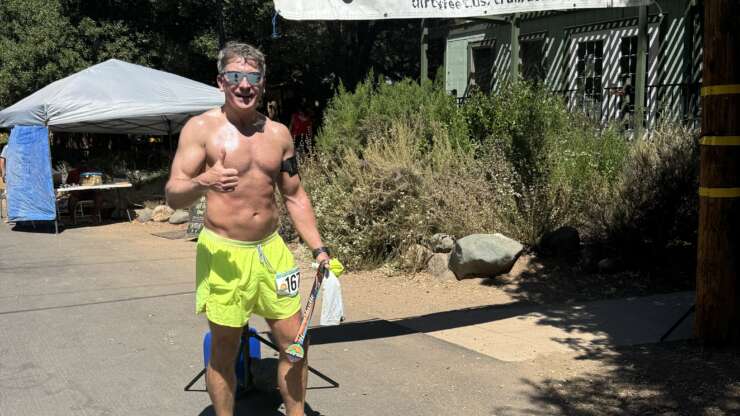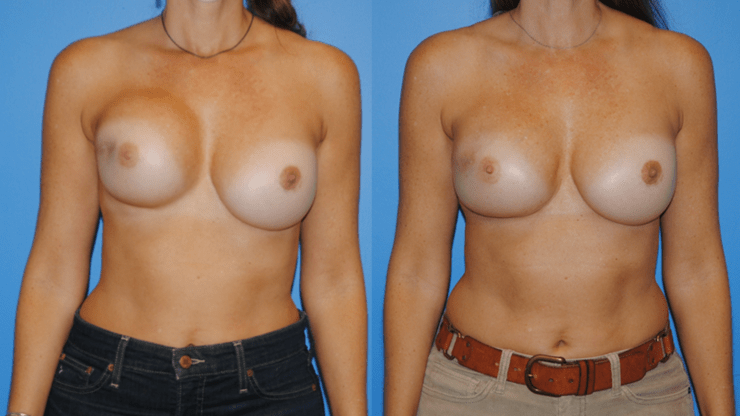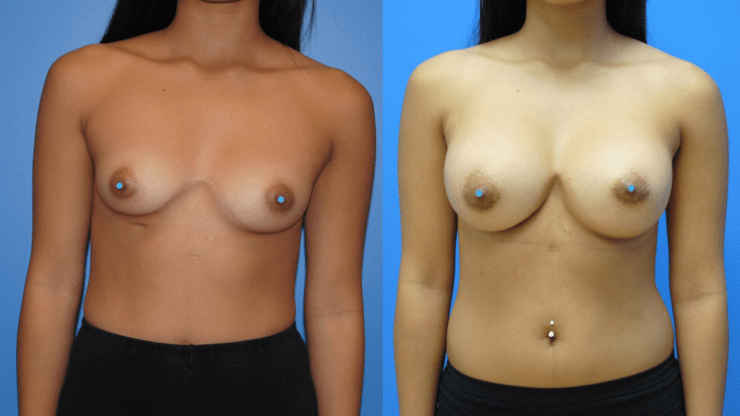Patients are getting more in shape these days. Whether it is with diet and exercise, weight loss surgery, or medications such as Ozempic and Wygovy. After weight loss patients have excess skin that can be bothersome or can serve as a reminder of their previous health state. Patients can undergo surgery to remove the excess skin that accumulates on the…
